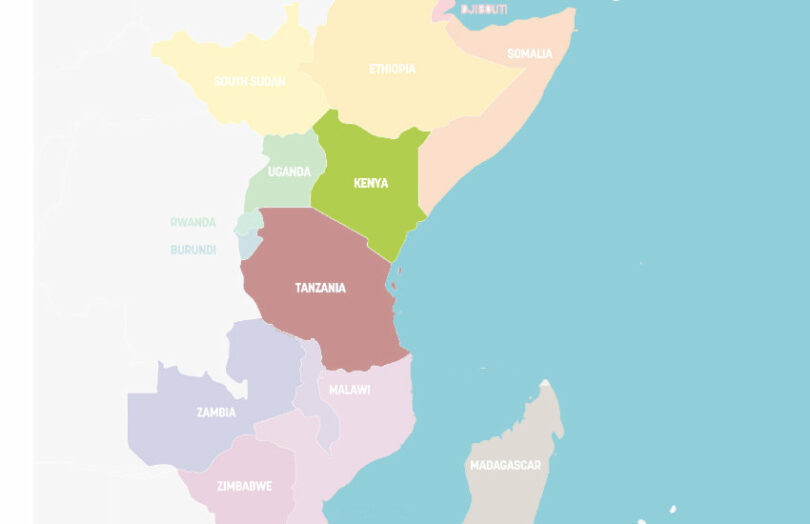Last week we reported that Argentina might launch a central bank digital currency (CBDC) project based on the promises of the leading Argentinian presidential candidate. Cash is widely used in Argentina and the country has a substantial informal sector. A director at the Central Bank of Argentina expressed a desire for a CBDC to help financial inclusion and digitalize the economy. The result would be an expansion of the tax base. However, in Africa tax moves have partially offset the gains in financial inclusion.
Mobile money has been a huge success in Africa, particularly in Kenya. In 2006, the year before the famous M-Pesa app launched, Kenya’s financial inclusion stood at 26%. By 2022 it was 83%.
Times change, and so do governments. Following Kenya’s elections last year, in January the new administration saw M-Pesa as a useful way to identify people that should be paying taxes. As a result, local news outlets reported that a substantial number of small businesses stopped using mobile payments and returned to cash. Last month the tax service deployed 1,400 new staff to enroll more taxpayers. Reportedly it targeted businesses that recently stopped using M-Pesa.
While the press said there was a drop in users, the monthly statistics only partially bear that out. In the year to September users grew by 7% and money volumes by 6%. However, consumers cash in and out of mobile money via agents. There was a steep dip (17%) in cash in and out in January, which has since recovered somewhat. Over the year there was a small drop (2%).
Tanzania’s mobile money tax
Tanzania tells a more extreme story. Between 2009 and 2023, financial inclusion rocketed from 16% to 76%, largely owing to mobile money, with 72% of the population using it for payment.
Until mid-2021, fees on mobile money transfers and withdrawals incurred VAT of 18% plus excise duty of 10%. In July 2021 the government introduced an additional levy on fees for transfers and withdrawals based on transaction size. This increased fees by as little as 3% for small transactions but as much as 369% for mid size transactions and higher.
The impact was immediate. Between June and September 2021, the number of mobile P2P transactions fell by 38% per month and the number of cash out transactions dropped 25%, according to a GSMA report. The government responded and has reduced the tax three times since. However, the cash out figures have still not fully recovered. The GSMA estimates a loss in growth of 30% in transactions and 60% in cash out.
One could argue that Kenya and Tanzania are two different scenarios, given Tanzania’s direct tax. But are they? One view is that Tanzania is just cutting out the 1,400 extra tax collectors and socializing the undeclared tax overall mobile payment users.
The key message is the trade off between using a payment tool for financial inclusion and then taking the next step and using it for tax purposes. That’s not to mention the privacy implications. This will apply just as much to CBDC in developing economies as it has to mobile money.






